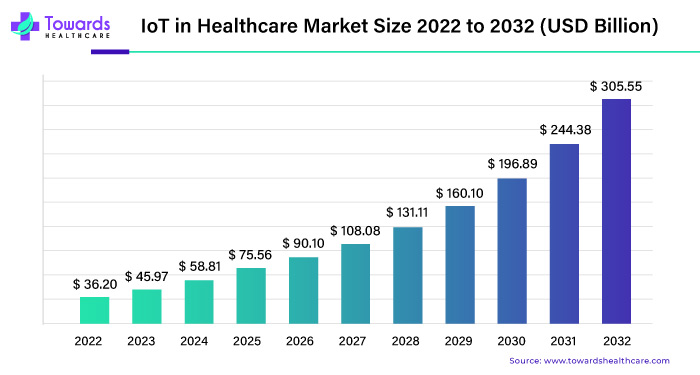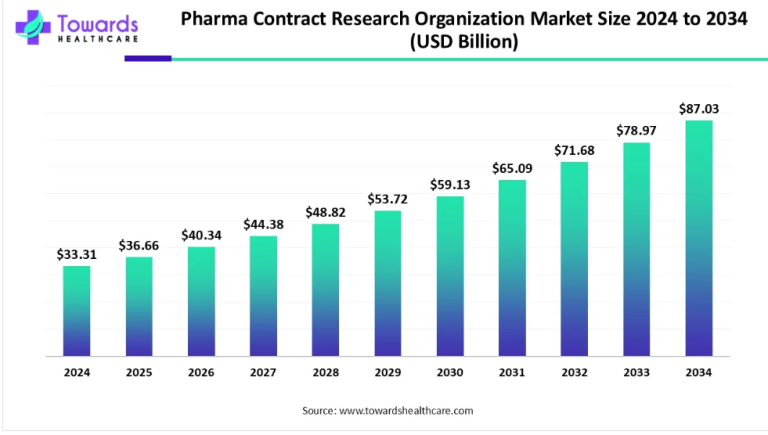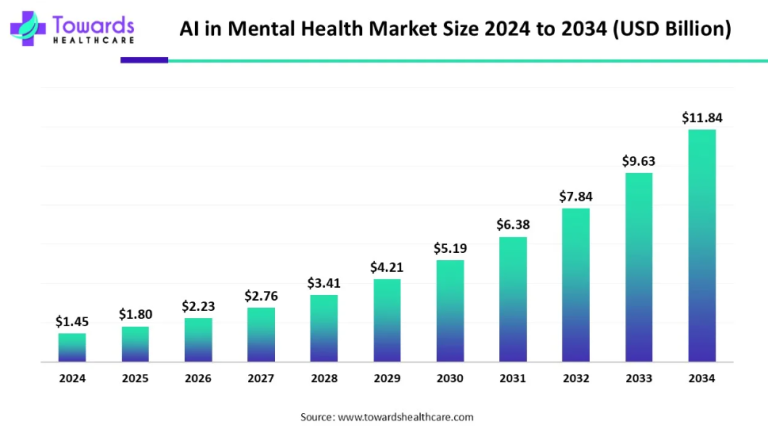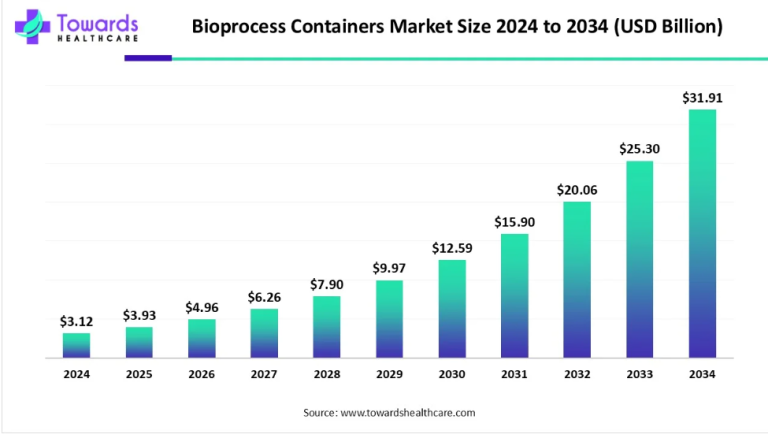
The global Internet of Things (IoT) in healthcare market has witnessed exponential growth in recent years, driven by technological advancements, increasing adoption of connected devices, and the growing demand for efficient healthcare solutions. As of 2022, the market size has surpassed USD 36.20 billion, with a projected market size of USD 305.55 billion by 2032. This represents a staggering 23.4% compound annual growth rate (CAGR), indicating the immense potential of IoT in transforming the healthcare landscape.
For any queries, feel free to reach us @ https://www.towardshealthcare.com/personalized-scope/5094
Dominance of Hardware Components
In 2022, the hardware segment emerged as the dominant force in the IoT healthcare market, capturing a significant market share of 58.25%. This can be attributed to the widespread deployment of IoT-enabled devices such as wearables, medical sensors, and monitoring equipment. These hardware components play a crucial role in collecting real-time data, enabling healthcare providers to monitor patient health remotely, streamline processes, and improve overall efficiency.
Evolution of Telehealth Applications
Telehealth emerged as a frontrunner in terms of application, accounting for 36.37% of the market share in 2022. The rapid expansion of telehealth services has revolutionized the delivery of healthcare, allowing patients to consult with healthcare professionals remotely through video conferencing, mobile apps, and other digital platforms. Telehealth not only enhances access to care, especially in remote areas, but also reduces healthcare costs and improves patient outcomes.
Surge of Surgical Robotics
One of the most notable trends in the IoT healthcare market is the surge of surgical robotics, projected to experience the highest CAGR of 19.7% from 2023 to 2032. Surgical robotics leverage IoT technology to enhance precision, control, and efficiency in surgical procedures. These advanced robotic systems enable minimally invasive surgeries, resulting in shorter recovery times, reduced complications, and improved patient satisfaction. With continuous advancements in robotic-assisted surgery, including AI integration and haptic feedback mechanisms, the adoption of surgical robotics is expected to soar in the coming years.
Driving Factors Behind Market Growth
Several factors are driving the exponential growth of the IoT in healthcare market:
- Technological Advancements: Rapid advancements in IoT technology, including miniaturization, wireless connectivity, and sensor capabilities, have facilitated the development of innovative healthcare solutions.
- Remote Patient Monitoring: The increasing prevalence of chronic diseases and the aging population have fueled the demand for remote patient monitoring solutions, driving the adoption of IoT devices for continuous health monitoring and management.
- Cost Containment: Healthcare providers are increasingly embracing IoT solutions to optimize operational efficiency, reduce healthcare costs, and improve resource allocation.
- Enhanced Patient Care: IoT-enabled healthcare devices empower patients to actively participate in their care by providing real-time health data, personalized insights, and remote monitoring capabilities.
- Regulatory Support: Regulatory bodies worldwide are increasingly recognizing the potential of IoT in healthcare and are implementing supportive policies and guidelines to encourage innovation and adoption.
Challenges and Opportunities
Despite its immense potential, the IoT in healthcare market faces several challenges, including data security and privacy concerns, interoperability issues, and regulatory compliance. However, these challenges also present opportunities for innovation and collaboration within the industry.
Data Security and Privacy
As IoT devices collect and transmit sensitive health data, ensuring robust data security and privacy measures is paramount. Healthcare organizations must implement encryption, authentication, and access controls to safeguard patient information and comply with regulations such as the Health Insurance Portability and Accountability Act (HIPAA).
Interoperability
Interoperability remains a significant challenge in the IoT healthcare ecosystem, as different devices and systems often operate in silos, hindering seamless data exchange and integration. Standardization efforts, interoperability frameworks, and the adoption of open-source platforms are essential to address this challenge and facilitate data interoperability across the healthcare continuum.
Regulatory Compliance
Compliance with regulatory requirements, such as the European Union’s General Data Protection Regulation (GDPR) and the U.S. Food and Drug Administration (FDA) regulations for medical devices, poses compliance challenges for IoT healthcare solution providers. Collaborating with regulatory experts, conducting thorough risk assessments, and maintaining transparency in data handling practices are critical to navigating the complex regulatory landscape.
Future Outlook
The future of IoT in healthcare holds immense promise, with continued innovation and advancements expected to drive market growth and transformation. Key trends shaping the future of the IoT healthcare market include:
- AI and Machine Learning Integration: The integration of artificial intelligence (AI) and machine learning algorithms into IoT healthcare solutions will enable predictive analytics, personalized medicine, and automated decision-making, revolutionizing healthcare delivery and patient outcomes.
- Blockchain Technology: Blockchain technology has the potential to address data security and interoperability challenges in healthcare by providing a decentralized and immutable ledger for secure data exchange and identity management.
- IoMT Ecosystem Expansion: The Internet of Medical Things (IoMT) ecosystem will continue to expand, encompassing a wide range of connected devices, wearables, implantable sensors, and smart medical devices, empowering patients and healthcare providers with actionable insights and real-time health monitoring capabilities.
The global IoT in healthcare market is poised for exponential growth, driven by technological innovation, evolving healthcare needs, and the pursuit of improved patient outcomes. As the market continues to evolve, collaboration, innovation, and a commitment to addressing challenges will be essential to unlocking the full potential of IoT in transforming the future of healthcare.
Market Segments
By Component
- Hardware
- Wearable Devices
- Implantable Devices
- Others
- Software
- Services
By Application
- Telehealth
- Medication Management
- Digital Imaging
- Surgical Robotics
- Real-Time Patient Monitoring
- Others
By End User
- Hospitals & Clinics
- Home Care
- Research Institutes
By Geography
- North America
- Europe
- Asia-Pacific
- Latin America
- The Middle East and Africa
To Own Our Premium Study Instantly, Click here @ https://www.towardshealthcare.com/price/5094
Access our Premium Real Time Data Intelligence Tool, Visit: www.precedencestatistics.com
Read More Related Snapshots to IoT in Healthcare Industry



